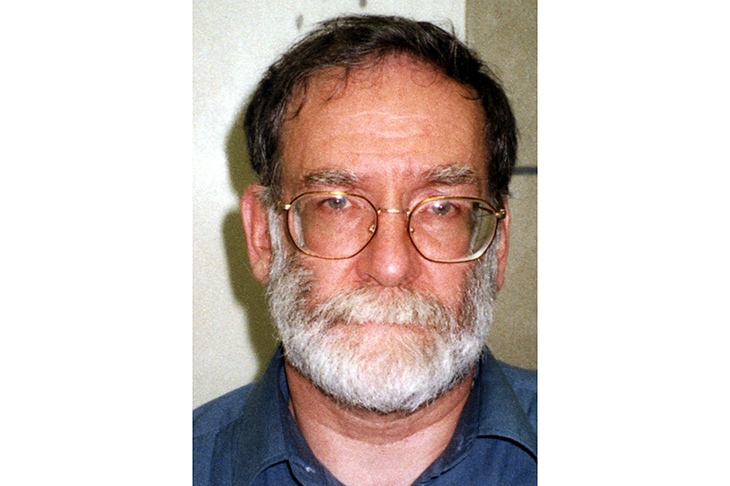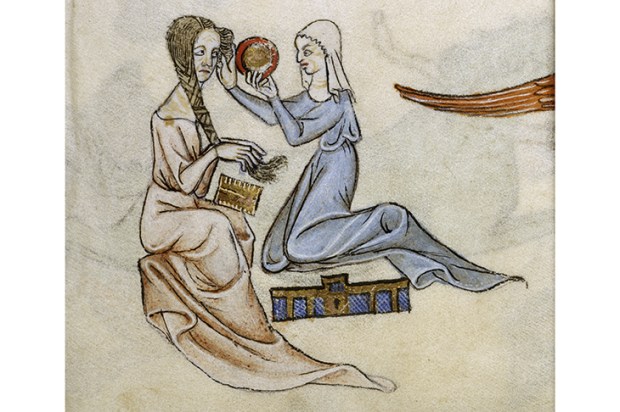Scientists, it turns out, are really bad at statistics. Numerous studies show that a startling proportion of academics consistently misunderstand the statistics they’re using, and the conclusions that can be drawn from them. A computer algorithm that highlights basic statistical errors was recently set loose on a huge sample of published research papers in psychology and found that almost half contained a mathematical mistake; 13 per cent had a serious screw-up that meant their reported results might have been completely wrong.
Already a subscriber? Log in
Subscribe for just $2 a week
Try a month of The Spectator Australia absolutely free and without commitment. Not only that but – if you choose to continue – you’ll pay just $2 a week for your first year.
- Unlimited access to spectator.com.au and app
- The weekly edition on the Spectator Australia app
- Spectator podcasts and newsletters
- Full access to spectator.co.uk
Unlock this article
You might disagree with half of it, but you’ll enjoy reading all of it. Try your first month for free, then just $2 a week for the remainder of your first year.














Comments
Don't miss out
Join the conversation with other Spectator Australia readers. Subscribe to leave a comment.
SUBSCRIBEAlready a subscriber? Log in